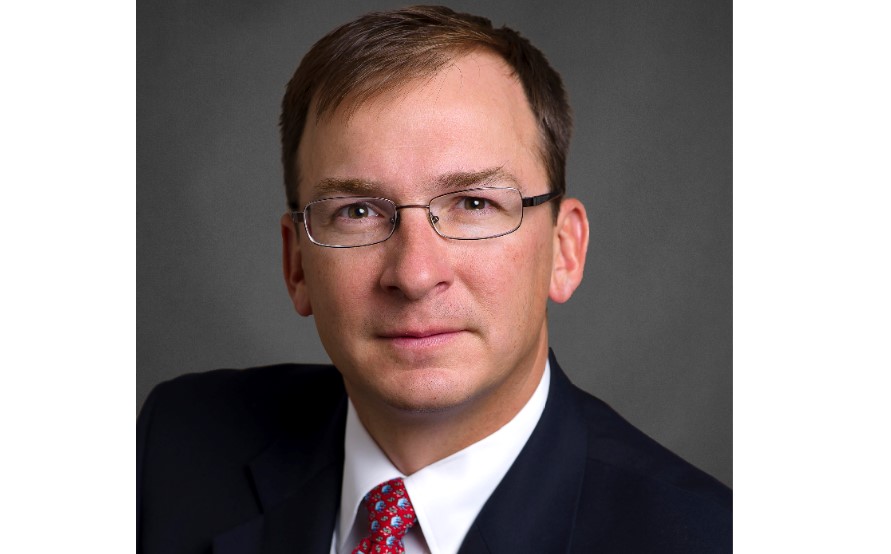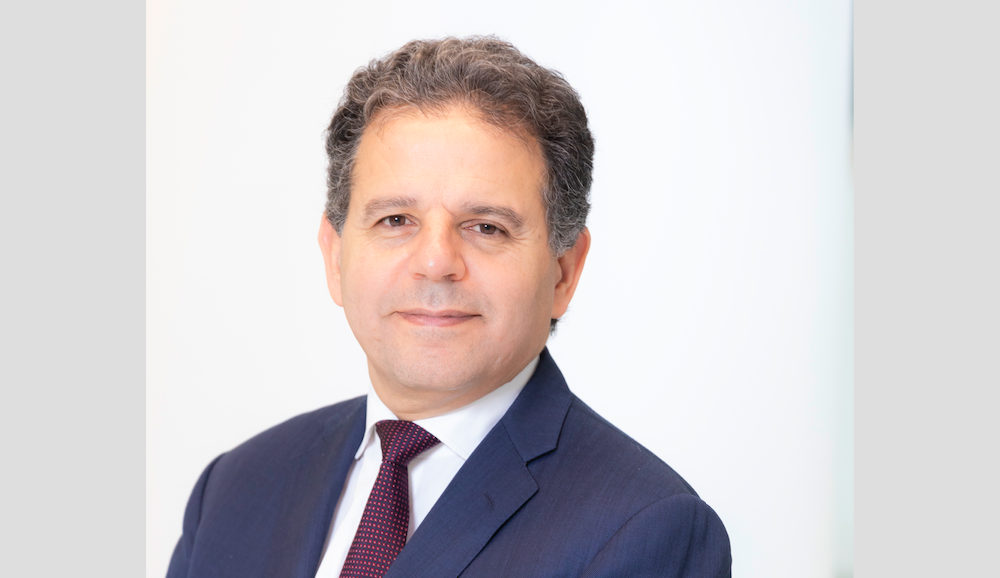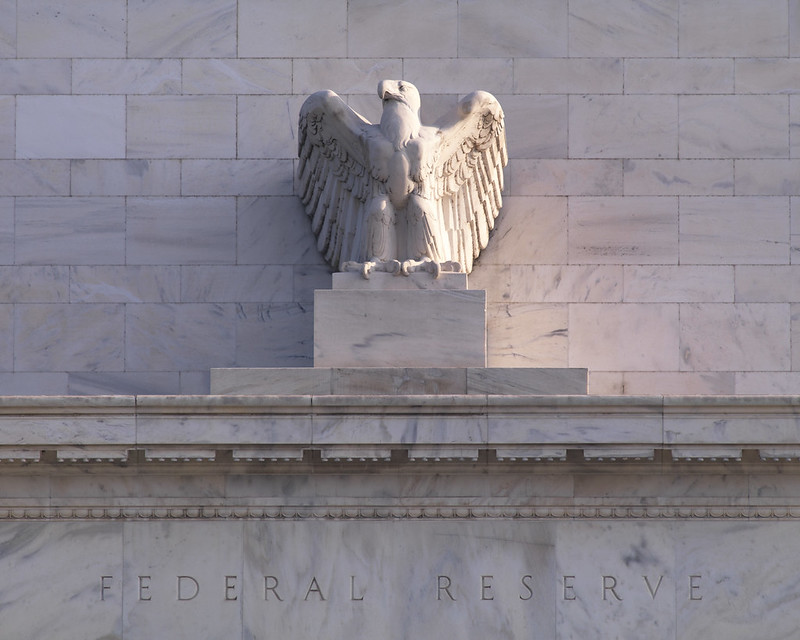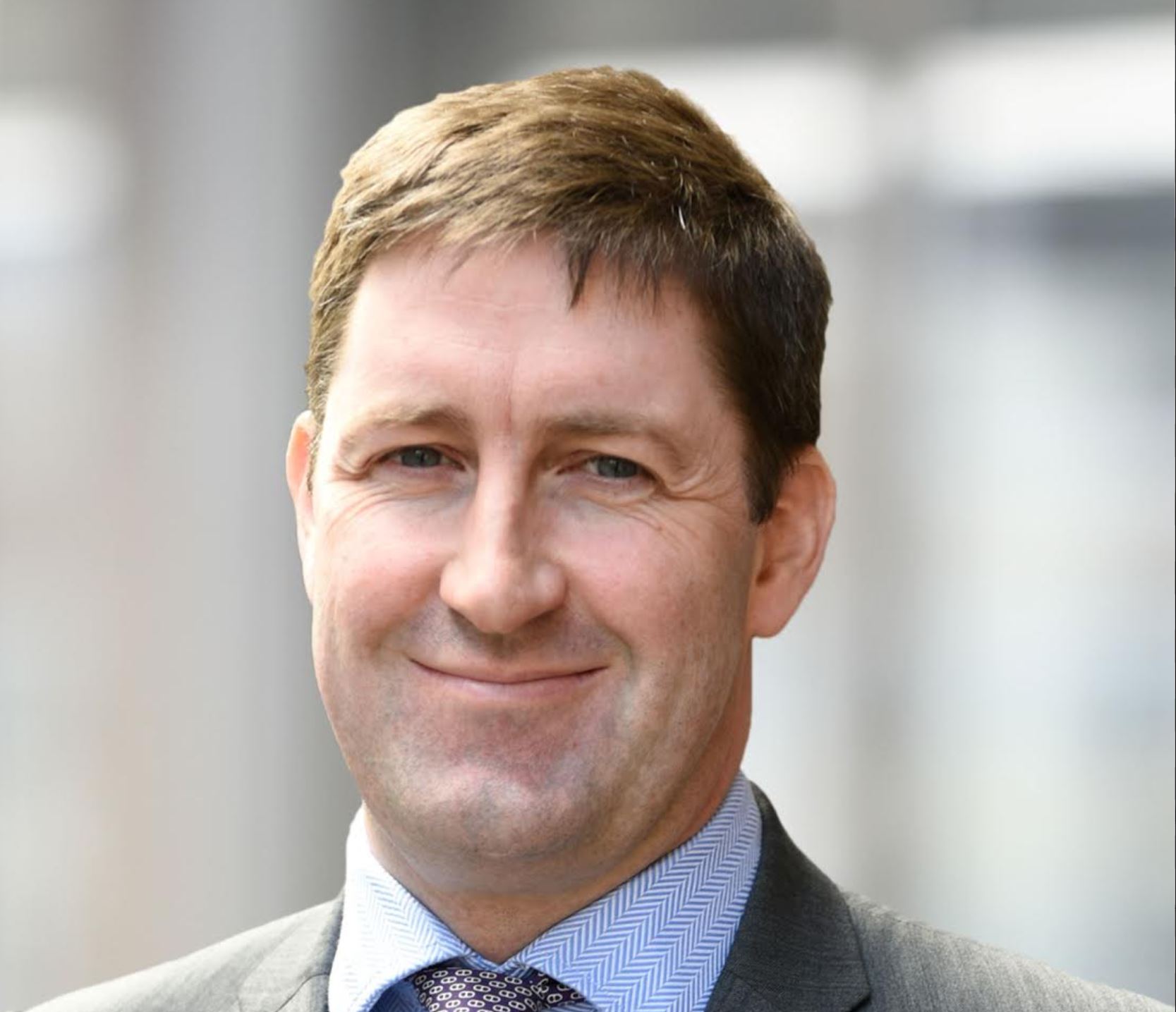Pictet Asset Management: No Need for Evasive Action
| For Meritxell Sedo | 0 Comentarios
There is no summer lull for investors this year. The global economy is powering ahead despite the resurgence of COVID-19 infections while inflationary pressures continue to build, particularly in the US. Then there’s renewed upheaval in China.
The Chinese government’s surprise ban on for-profit after-school tutoring, essentially shutting down the circa USD100 billion edu-tech sector, has raised concerns about an intensification of Beijing’s regulatory crackdowns. The latest intervention comes on the heels of cybersecurity investigations of the ride hailing app DiDi and other e-commerce companies, increased scrutiny of overseas IPOs and the imposition of fines and restrictions on some of China’s largest e-commerce firms.
Authorities have also moved to restrict the use of the variable interest entities (VIE) structure – holding companies based in tax haven jurisdictions and designed to allow foreign investors to invest in key sectors such as tech without giving them any operational control.
A positive reading of such developments is that they are a belated response to innovation and the breakneck growth of industries that flourished in the absence of a regulatory framework. Even though such moves would in effect add a permanent ‘risk premium’ to Chinese stocks and bonds, the should not fundamentally change China’s growth model or the broader investment case for the country’s financial assets.
Nonetheless, a greater degree of caution seems sensible and we feel justified in taking profits in Chinese bonds, which have performed strongly year-to-date.

More broadly, we retain a neutral allocation across equities, bonds and cash; still, we continue to favour assets that benefit from stronger economic potential, such as European stocks.
Our business cycle analysis shows that economic activity is picking up strongly across the euro zone, following a sharp deceleration over the last two quarters. Purchasing manager indices remain buoyant, especially in the service sector. Retail sales have meanwhile recovered above the pre-pandemic trend. Bank lending conditions are also easing, which augurs well for future credit growth. Overall, it would seem that European economic growth is more likely to to surpass consensus forecasts than the US, where we are starting to see some signs that its expansion is moderating. Worryingly, second quarter GDP growth came in at just 6.5 per cent on an annualised basis – some 2 percentage points below the consensus forecast.
China’s growth has clearly peaked with industrial production, retail sales and construction all coming in below their three-year average. Even so, we still expect a very respectable 10 per cent expansion in GDP for the year – some distance above the 8.5 per cent consensus forecast.
Should Beijing’s regulatory crackdowns threaten growth, however, there is some comfort to be taken from our liquidity indicators, which show that China has plenty of monetary fire power. Indeed, we already saw authorities take action in July, when the People’s Bank of China (PBOC) announced a 50 basis point cut in the reserve requirement ratio (RRR); we expect to see more action in coming months.
The US is moving in the opposite direction, with the US Federal Reserve edging into the first stages of a tightening cycle. Notably, at its latest meeting, the US central bank highlighted the improvement in economic conditions and “progress” in the labour market. However, we expect the tightening journey to be a relatively slow one, and for now US monetary policy remains the loosest of all the world’s major economies, according to our models.
One of the clearest signals from our valuation models is that US Treasures now look expensive, particularly when compared to levels implied by the cyclical trends we monitor.
The same applies to US equities. US stocks’ price-to-earnings ratio of 21.5 times based on 12 month forward earnings can only be sustained if trend growth is unchanged, profit margins are stable at high levels and bond yields stay low. So far, the recovery in US earnings has been in line with GDP (see Fig. 2), and we think further upside to this year’s corporate profit growth is unlikely in the absence of an upward revision to US GDP growth forecasts.

Technical indicators suggest the correlation in the returns of equities and bonds has turned negative again, improving the diversification appeal of fixed income.
Another conclusion to draw from our technical gauges is that investors appear more cautious. This is arguably reflected in the strong inflows into government bonds seen in recent weeks, as well as into equity funds that invest in quality stocks. Some USD6.7 billion flowed into tech, healthcare and consumer goods stocks in the first three weeks of July at expense of cyclical sectors, according to EPFR data. Approximately USD3.1 billion was withdrawn from financials, materials and energy stocks in the same period.
Opinion written by Luca Paolini, Pictet Asset Management’s Chief Strategist.
Discover Pictet Asset Management’s macro and asset allocation views.
Information, opinions and estimates contained in this document reflect a judgment at the original date of publication and are subject to risks and uncertainties that could cause actual results to differ materially from those presented herein.
Important notes
This material is for distribution to professional investors only. However it is not intended for distribution to any person or entity who is a citizen or resident of any locality, state, country or other jurisdiction where such distribution, publication, or use would be contrary to law or regulation. Information used in the preparation of this document is based upon sources believed to be reliable, but no representation or warranty is given as to the accuracy or completeness of those sources. Any opinion, estimate or forecast may be changed at any time without prior warning. Investors should read the prospectus or offering memorandum before investing in any Pictet managed funds. Tax treatment depends on the individual circumstances of each investor and may be subject to change in the future. Past performance is not a guide to future performance. The value of investments and the income from them can fall as well as rise and is not guaranteed. You may not get back the amount originally invested.
This document has been issued in Switzerland by Pictet Asset Management SA and in the rest of the world by Pictet Asset Management Limited, which is authorised and regulated by the Financial Conduct Authority, and may not be reproduced or distributed, either in part or in full, without their prior authorisation.
For US investors, Shares sold in the United States or to US Persons will only be sold in private placements to accredited investors pursuant to exemptions from SEC registration under the Section 4(2) and Regulation D private placement exemptions under the 1933 Act and qualified clients as defined under the 1940 Act. The Shares of the Pictet funds have not been registered under the 1933 Act and may not, except in transactions which do not violate United States securities laws, be directly or indirectly offered or sold in the United States or to any US Person. The Management Fund Companies of the Pictet Group will not be registered under the 1940 Act.
Pictet Asset Management Inc. (Pictet AM Inc) is responsible for effecting solicitation in North America to promote the portfolio management services of Pictet Asset Management Limited (Pictet AM Ltd) and Pictet Asset Management SA (Pictet AM SA).
In Canada Pictet AM Inc is registered as Portfolio Managerr authorized to conduct marketing activities on behalf of Pictet AM Ltd and Pictet AM SA. In the USA, Pictet AM Inc. is registered as an SEC Investment Adviser and its activities are conducted in full compliance with the SEC rules applicable to the marketing of affiliate entities as prescribed in the Adviser Act of 1940 ref. 17CFR275.206(4)-3.










